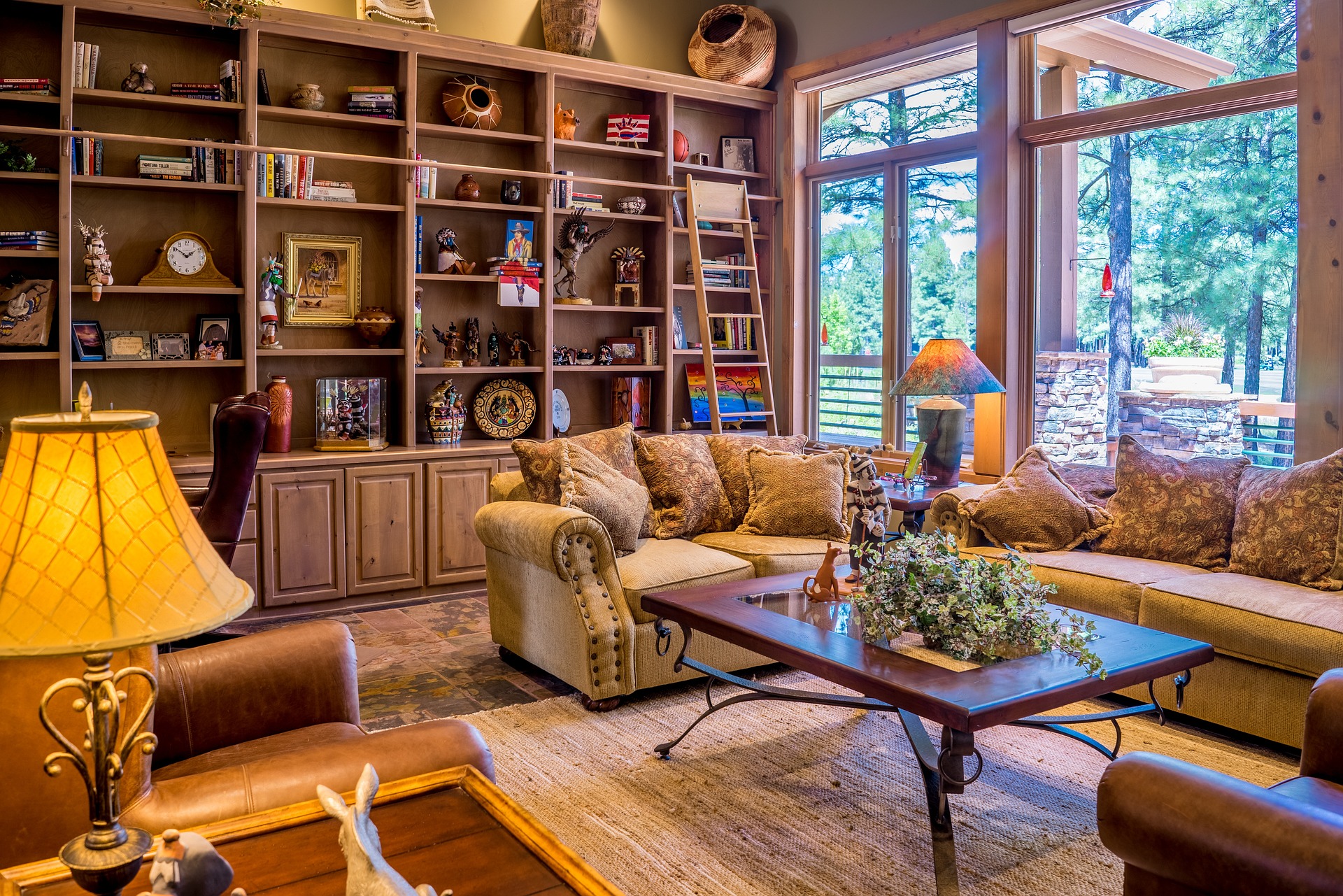Sustainable Home Makeovers: Eco-Friendly Tips for Every Room
Discover how to transform your home into an eco-friendly haven with these simple and effective tips. From repurposing furniture to choosing sustainable materials, create a stylish and green living space. Read below for practical advice on making your home more sustainable without compromising on style.
Start with Energy-Efficient Lighting
Switching to energy-efficient lighting is one of the easiest ways to reduce your home’s carbon footprint. Opt for LED bulbs, which consume up to 75% less energy than traditional incandescent bulbs and last significantly longer. Consider installing dimmer switches and motion sensors to further save energy.
Choose Sustainable Furniture Materials
When selecting new furniture, look for pieces made from sustainable materials like bamboo, reclaimed wood, or recycled metal. These materials are not only environmentally friendly but also add a unique and stylish touch to your home. Thrift stores and vintage shops are great places to find one-of-a-kind, sustainable pieces.
Embrace Upcycling for Home Decor
Upcycling is a creative way to reduce waste and give old items a new life. Turn an old ladder into a chic bookshelf or transform vintage suitcases into stylish storage solutions. Upcycling not only reduces waste but also adds a personalized touch to your home decor.
Install Low-Flow Fixtures
Conserving water is crucial for an eco-friendly home. Install low-flow faucets, showerheads, and toilets to reduce water consumption without sacrificing performance. These fixtures can cut your water usage by up to 50%, leading to significant savings on your water bill.
Opt for Natural Cleaning Products
Traditional cleaning products often contain harmful chemicals that can be detrimental to both your health and the environment. Switch to natural cleaning products made from ingredients like vinegar, baking soda, and essential oils. These alternatives are just as effective and much safer for your home and family.
Create a Composting System
Composting is a fantastic way to reduce kitchen waste and create nutrient-rich soil for your garden. Set up a compost bin in your backyard or use a countertop composter for smaller spaces. Composting not only reduces landfill waste but also provides a free source of fertilizer for your plants.
Use Eco-Friendly Paint
Many traditional paints contain volatile organic compounds (VOCs) that can harm indoor air quality. Choose low-VOC or zero-VOC paints to minimize your exposure to these harmful chemicals. Eco-friendly paints are available in a wide range of colors and finishes, so you don’t have to compromise on aesthetics.
Incorporate Indoor Plants
Indoor plants not only enhance the aesthetic appeal of your home but also improve air quality by filtering out toxins. Choose easy-to-care-for plants like snake plants, spider plants, or pothos. These plants require minimal maintenance and thrive in various lighting conditions.
Upgrade to Energy-Efficient Appliances
Replacing old appliances with energy-efficient models can significantly reduce your home’s energy consumption. Look for appliances with the ENERGY STAR label, which indicates they meet strict energy efficiency guidelines. This upgrade can lower your utility bills and decrease your environmental impact.
Install Solar Panels
Solar panels are a long-term investment that can drastically reduce your reliance on fossil fuels. While the initial installation cost can be high, solar panels often pay for themselves through energy savings and tax incentives. Plus, generating your own renewable energy can increase your home’s value.
Use Recycled or Natural Textiles
When decorating your home, opt for textiles made from natural fibers like organic cotton, wool, or linen. These materials are biodegradable and have a lower environmental impact compared to synthetic fibers. Additionally, look for items made from recycled materials to further reduce waste.
Focus on Sustainable Landscaping
Incorporate sustainable practices into your outdoor space by using native plants, which require less water and maintenance. Implement xeriscaping techniques to create a water-efficient garden. Consider installing a rainwater harvesting system to collect and reuse rainwater for irrigation.
Practice Minimalism
Adopting a minimalist approach can help you reduce clutter and focus on sustainability. Invest in high-quality, timeless pieces that you truly love and will use for years to come. This mindset not only reduces waste but also creates a more organized and serene living environment.
Educate Your Household
Sustainable living is a collective effort. Educate your family and housemates about eco-friendly practices and encourage them to participate. Simple actions like recycling, conserving water, and turning off lights can make a significant difference when practiced consistently.
Support Green Brands
When shopping for home goods, support brands that prioritize sustainability. Many companies now offer eco-friendly products and are transparent about their manufacturing processes. By choosing these brands, you’re helping to promote a more sustainable economy.
Conclusion
Transforming your home into an eco-friendly sanctuary is easier than you might think. By making small, thoughtful changes in each room, you can create a stylish, sustainable living space that benefits both your family and the environment. Embrace these tips and enjoy the satisfaction of living sustainably.





